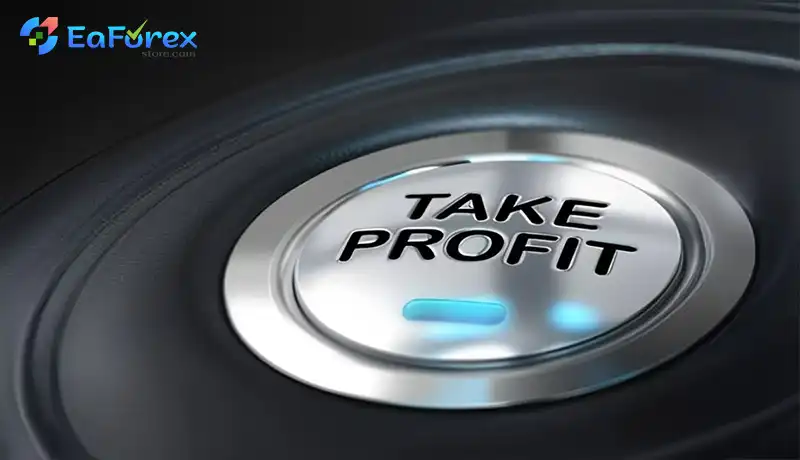What is a Stop-Loss order?

Understanding Stop-Loss Orders
A stop-loss order is a valuable tool for traders and investors seeking to limit their potential losses or secure profits on an existing position. By setting a predetermined price at which an order is automatically executed, stop-loss orders provide a safety net against adverse market movements.

How Stop-Loss Orders Work?
- Trigger Price: A stop-loss order is activated when the market price of a security reaches or surpasses a specified level known as the stop price.
- Execution: Once triggered, the stop-loss order becomes a market order, instructing the broker to buy or sell the security at the best available price.
- Protection: Stop-loss orders are typically used to protect against losses, but they can also be employed to secure profits. In the case of a long position, a stop-loss order to sell is placed below the current market price. Conversely, a stop-loss order to buy is placed above the current market price for a short position.
Advantages of Stop-Loss Orders
- Risk Management: Stop-loss orders offer a disciplined approach to risk management by limiting potential losses.
- Profit Protection: They can be used to lock in profits by automatically exiting a position when the price reaches a predetermined level.
- Simplicity: Stop-loss orders are easy to implement and understand, making them accessible to investors of all levels.
- Emotional Discipline: By removing the need for constant monitoring and subjective decision-making, stop-loss orders can help prevent impulsive trading.
Potential Disadvantages of Stop-Loss Orders
- Price Gaps: Sudden price gaps can trigger a stop-loss order even if the underlying security is not experiencing a significant decline.
- Market Volatility: Stop-loss orders may be executed prematurely in highly volatile markets, leading to unnecessary losses.
- Trailing Stops: To mitigate the risk of being stopped out prematurely, investors can consider using trailing stops, which adjust the stop price based on the security’s price movement.
- Option Strategies: For more sophisticated risk management, traders may explore option strategies as alternatives to stop-loss orders.
Conclusion
Stop-loss orders are a fundamental tool for managing risk and protecting profits in the financial markets. By understanding how they work and their potential advantages and disadvantages, investors can make informed decisions about their use in their trading strategies.





